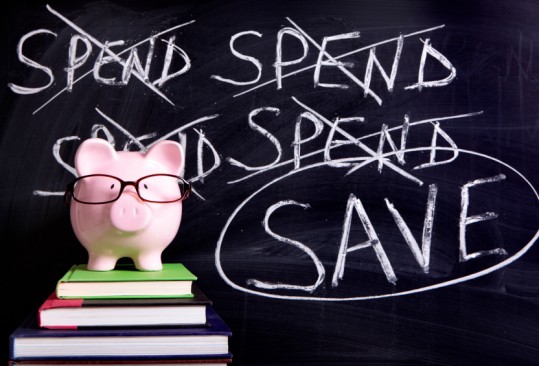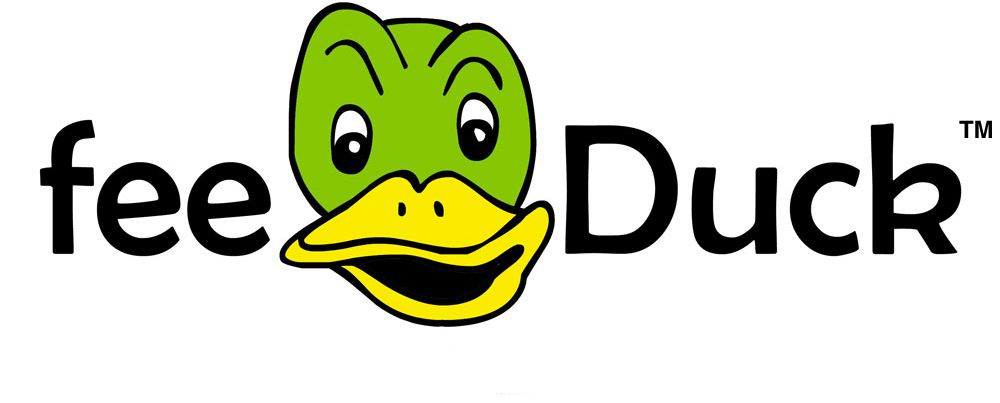RRSP and TFSA: Coming Up with Your Down Payment Sooner

In the first article we looked at goal setting. In this week’s article we’re going to take a look at how to save up your down payment sooner with the RRSP and TFSA.
Although it may not always seem like it, generally the government wants to encourage homeownership. It does this through various tax breaks and government programs. In this article we’re going to look at two popular government programs: the RRSP Home Buyers’ Plan and the TFSA.
The RRSP Home Buyers’ Plan (HBP)
If you’re a first-time homebuyer, there’s no better way to come up with your down payment sooner than the HBP. With the HBP, as a first-time homebuyer you can borrow up to $25K from your RRSP (Registered Retirement Savings Plan) tax-free towards your down payment. (If you’re buying with someone else who’s also a property virgin, that’s a combined $50K you can borrow.)
With the RRSP, the government lets you contribute a set amount each year. You can contribute the lesser of 18% of your earned income in the last year or the RRSP limit for the current year ($26,500 in 2019).
An RRSP isn’t an investment itself. This is a common misconception. (You can’t buy an RRSP.) You can invest in a variety of things inside your RRSP, such as high-interest savings accounts, GICs, ETFs and index funds. If you’re saving towards a down payment in the near future, I’d suggest sticking with safer investments like a high-interest savings account or GIC.
When you contribute to your RRSP, you get a tax refund. Simple enough. But what makes the RRSP HBP so powerful is that you can withdraw those funds without paying any withholding taxes. This helps you reach your down payment savings goal a lot sooner than you otherwise would.
If you decide to withdraw money under the HBP, make sure you follow the rules. You’ll want to speak to the financial institution holding the RRSP about withdrawing the funds for the HBP. You’ll need to complete tax form T1036 for each eligible withdrawal.
Any funds borrowed under the HBP must be paid back in 15 years. Your first payment is due in the second year. Any money not paid back on time will be added back as taxable income and you’ll lose the RRSP room forever.
The Tax-Free Savings Account (TFSA)
If you’re not a first-time homebuyer or you’re a property virgin with at least $25K saved under your RRSP and you intend to withdraw it under the HBP, your next best choice is the TFSA. The TFSA is a lot like the RRSP, but it has some key differences to be aware of.
With the TFSA, just like the RRSP, you can hold a variety of investments like high-interest savings accounts and GICs inside. Unlike the RRSP, you don’t have to have earned income to accumulate TFSA contribution room. As soon as you turn 18 years old, you’ll start accumulating TFSA contribution room and can start contributing right away.
However, unlike the RRSP, you won’t receive a tax refund upfront for contributing to the TFSA. Before the dismiss the TFSA, what makes it so powerful is that your money grows tax-free inside. You don’t have to pay any withholding taxes when you take your money out.
Also, unlike the RRSP, there isn’t a strict repayment schedule. You can simply withdraw the money as you need it and put it towards the down payment of the home you intend to buy.
Written by Sean Cooper
Sean Cooper is the bestselling author of the book, Burn Your Mortgage: The Simple, Powerful Path to Financial Freedom for Canadians. He bought his first house when he was only 27 in Toronto and paid off his mortgage in just 3 years by age 30. Sean’s helping others burn their mortgage, too, as an independent mortgage broker. For an unbiased second opinion on your mortgage, email SeanCooperWriter@gmail.com or call 647-867-3711.

